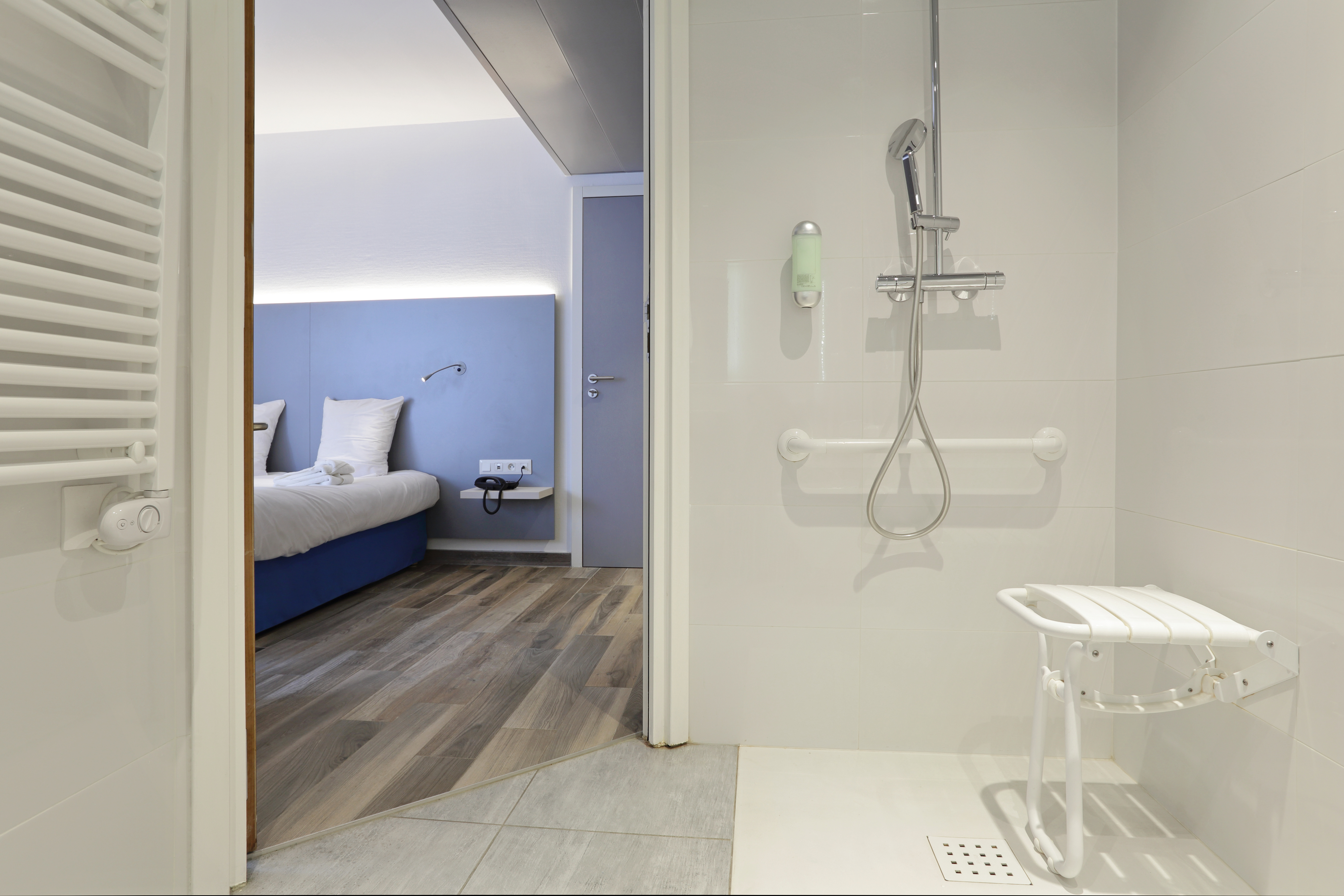5 Remodeling Improvements to make your Home More Accessible
For handicapped individuals, getting around the home requires a lot of extra effort. Thankfully, there are some updates that can be made throughout a house to improve the occupant’s overall mobility.
Here are five home remodeling improvements to make a home more accessible for a handicapped individual.
1) Widen the Doorways
Widening the doorways throughout the home is crucial in improving accessibility, especially for those handicapped individuals in a wheelchair or using a walker. Wheelchairs require a minimum 32-inch doorway for a straight-in approach. A typical hallway that requires the individual to turn a wheelchair requires a 36-inch doorway.
Additionally, consider removing any unnecessary doors around the home (excluding private areas like bathrooms and/or bedrooms) for two reasons. First, doors can be hard to open, shut and maneuver around with a walker or wheelchair, causing extra strain on the handicapped individual. Second, many doors are blocked by walls, meaning they can only open 90-degrees, possibly causing a hindrance for the individual. If removing the door completely isn’t an option, swing-away hinges create a wider opening while allowing the door to stay installed – a good choice for bathrooms and bedrooms where privacy is a concern.
2) Update the Bathtub and Shower
Taking a shower or bath can be one of the most challenging everyday tasks for the handicapped individual. To make it easier, update the bathtub and shower for better accessibility. It’s generally recommended to remove a bathtub and install a shower, however if that isn’t possible, grab bars can be installed to provide support. In addition, tub transfer seats can be installed to allow the person to take a bath without lowering themselves to the bottom of the tub.
If removing the bathtub is an option, replace it with a roll-in shower. These types of showers allow easier access for those in a wheelchair or walker, letting an individual walk into the bathing area without having to climb over a bathtub side. A small curb can assist in stopping the individual from rolling out of the shower accidentally.
3) Improve the Flooring
Making flooring improvements throughout the home is crucial to increase accessibility for the handicapped individual.
Stay away from overly plush carpeting which can cause maneuverability problems – The Americans with Disabilities Act Standards for Accessible Design recommends that carpet pile length should be no more than one-half-inch thick. Also, because of their tendency to shift around, avoid throw rugs as well.
When it comes to the bathroom, a non-slip floor is crucial when it comes to preventing falls. A textured tile or a slatted wood tray over a concrete floor should provide plenty of grip to keep someone safe from slippery floors.
4) Optimize the Kitchen
To improve the accessibility of a kitchen, plenty of updates can be made. For wheelchair-bound individuals, provide a minimum 5-foot diameter of floor space clearance to ensure the chair has space to turn around. Counters can be lowered to from the standard 36-inches to 30-inches, while still providing a minimum knee clearance of 27-inches from the floor.
Other kitchen updates to make include:
- Switch to a single-lever faucet.
- Add a lazy susan, baskets and sliding shelves in lower cabinets.
- Move switches and appliances lower or closer to the edge of the counter.
5) Improve the Lighting
Another way to improve the accessibility of a home is to simply improve the lighting. Sufficient lighting throughout the home will ensure that a handicapped individual can properly see where they’re going. Even if the house gets a lot of natural light, that doesn’t help much at night.
Add light wherever necessary – hallways, stairwells, basements, attics – any place that may cause a problem for someone with limited mobility. Install light switches on both ends of long hallways and staircases.
Looking for Help Improving Your Home Accessibility?
Finding a reputable contractor that’s an expert in handicap accessible home construction can be a difficult task – so turn to the pros at Treasured Spaces to make the process easier.
We offer a wide array of handicap accessible home remodeling services throughout the state of Minnesota. Whether you want to add a few convenient features like an entrance ramp or grab bars, or do an entire overhaul of your home, we have the expertise to accomplish your goals.
Get in touch with our team today to see how our experience can improve your home’s accessibility and make your life easier.
